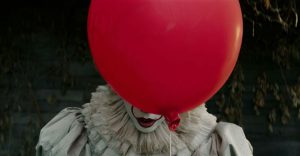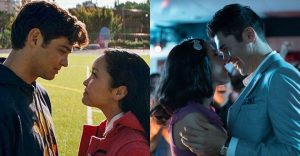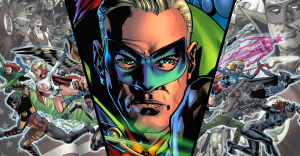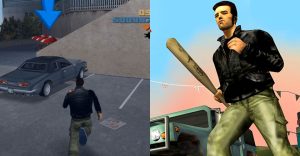The Star Wars Ring Theory Explained #StarWarsDay
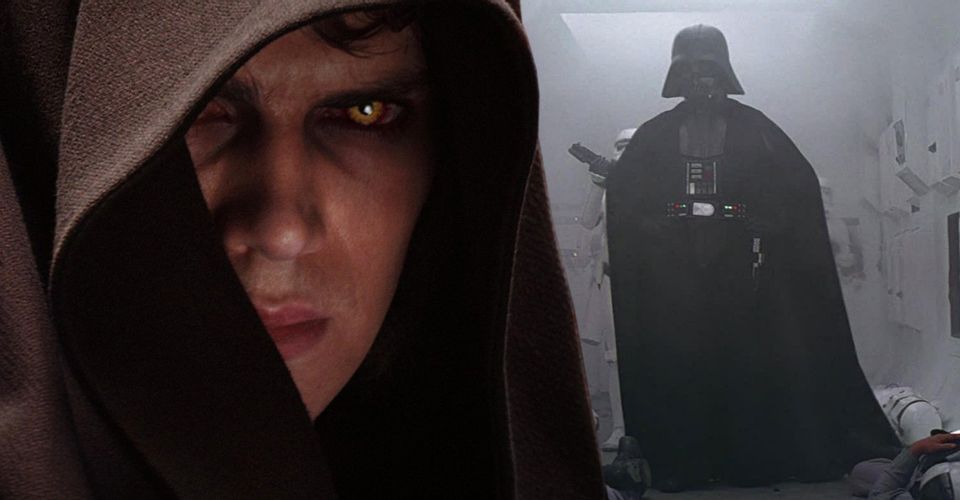
[Update: Reposted from January 8th for #StarWarsDay. May the 4th be with you!]
The Star Wars prequels are undergoing something of a re-evaluation. When The Phantom Menace was released in 1999, it was crushed under a wave of hype, and in the years following Episodes I-III became regarded as some of the most disappointing follow-up movies ever made. Wooden dialogue, an over-reliance on CGI, bizarre meddlings with the Star Wars canon, and the infamously annoying Jar Jar Binks… it’s little wonder that prequel hate became the default.
However, recent years have begun to see a shift in how the films are viewed. Nobody’s saying they’re great, but there’s understanding that all-out hate may be a bit much. The Clone Wars certainly helped, fleshing out the era and giving once-despised characters fresh personality. Then, in the wake of The Force Awakens’ plot taking a lot of cues from A New Hope, many began to appreciate the ambition of George Lucas’ three-movie plot of political manipulation.
At the centre of all this, making the standard claims of cool lightsabers duels and interesting underlying themes look positively amateur, is Mike Klimo and his Ring Theory. Far from just saying the prequels are fun movies ruined by the disenfranchisement of a generation of grown-up fanboys, Klimo suggests that they’re secretly a masterwork of narrative structure that saw George Lucas produce something wholly unique in the pantheon of cinema. Is he on to something or it is just a desperate defender of three failures? Let’s take a closer look.
What Is Ring Theory?

You can read Klimo’s full Ring Theory here, but for the sake of brevity (it’s a long read), here’s a quick overview of what it is and why it matters.
The kernel of the idea is Lucas’ likening of the Star Wars saga to poetry; as he famously said during the production of Episode I, “It’s like poetry, they rhyme. Every stanza kinda rhymes with the last one.” There he was talking about how each prequel movie echoes its corresponding original trilogy counterpart – Anakin destroys the droid control ship the same way Luke does the Death Star – with the core distinction being that in Episodes I-III we see the temptation of the Dark Side win out. There are a lot of shared elements and imagery between the movies, ranging from the granular (Obi-Wan and Han both evade destruction by attaching to a space body) to the galactic (Anakin’s showdown with Dooku in Episode III and Luke’s final fight with Vader). Beyond just poetic-esque storytelling, this allows the series to comment on generations and the ills of parents.
Klimo takes that and runs at hyperspeed with it, extending the narrative structure by saying the rhyming isn’t just sequential (ABC, A’B’C’), but also palindromic (ABC, C’B’A’). This is the basis of Ring Theory; essentially (and this is simplifying a fair bit), the narrative is a loop that doubles back on itself structurally. Traditionally this is done in literature and conveyed with key words, but the theory suggests Lucas did it using broader story structure and cinematic language. There’s also the notion of rings within rings and few additional conditions, but that will take far too much time to discuss.
In practical terms, this means the partner films are Jedi and Menace, Empire and Clones, and Hope and Sith. Now that sounds strange, but there really are a lot of corresponding elements. Although Menace does “rhyme” with Hope (child of Tatooine becomes a hero in a bigger adventure), its structure is more like Jedi, – something that is best seen in the finale. It’s multi-stranded, with a ground battle between technology and natives, a related space battle (note how here the latter’s goal is to aid the former, the opposite of Jedi) and a life-changing lightsaber duel. Clones is then both a parallel and reversal of Empire – among smaller things, it starts out in the white clouds of Coruscant and ends on the orange ground of Geonosis, which reassigns the traits of Hoth and Bespin.
The most interesting connection is between Hope and Sith, however. Storywise, Episode III has the same Dark Side temptation of Jedi, but it’s all in aid of bringing us toward the original trilogy’s status quo. An essential part of ring composition is a central heavy story, and nobody would debate it’s these two films that form the core of Luke and Anakin’s arcs. Beyond that, the introduction of Qui-Gon’s path to immortality and the contrasting of Obi-Wan’s sacrifice provide a spiritual lynchpin to the wider redemption story.
The overall purpose of the Ring Theory is twofold. On a simple level, it gives the narrative a stronger synchronicity, but beyond that, it ties into the themes (both morally and politically) and spirituality of Star Wars that have been the subject of many a pop-philosophy book. We have a complete story where the duality of its main character and ideology are reflected directly in the structure. With that all in mind, it’s hard to not get sucked in.
- Star Wars 8/Star Wars: The Last Jedi (2017)Release date: Dec 15, 2017
- Solo: A Star Wars Story (2018)Release date: May 25, 2018
- Star Wars 9 / Star Wars: The Rise of Skywalker (2019)Release date: Dec 20, 2019
1
2
About The Author












